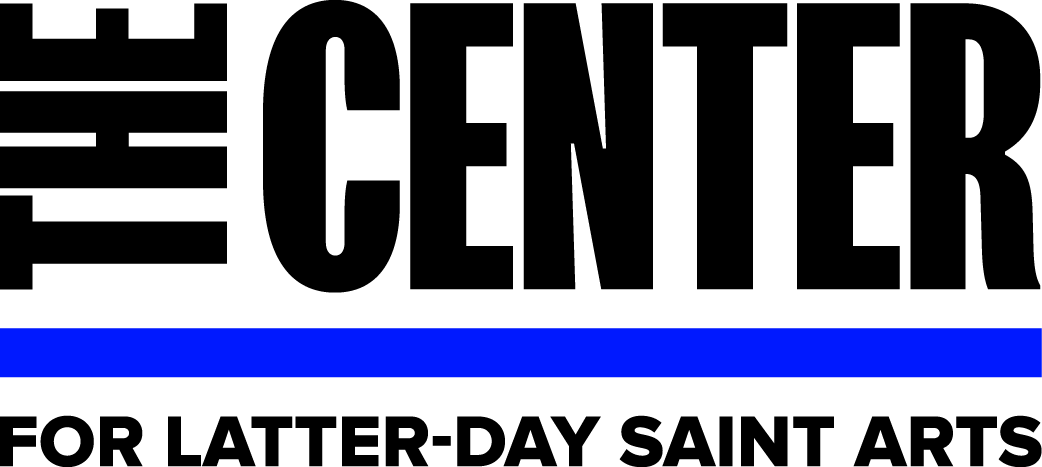Christo
One of the works in Immediate Present, is J. Kirk Richards’ Christo (series) (2014). It was acquired by the Church History Museum the year it was made and after it came down from hanging in the exhibition Mondo Mormon: the Utah Biennial. It currently hangs now in the Lower Level gallery of the CHM and will return to that gallery after its brief trip to New York.
It was part commission. Here is the history—I heard Kirk speak about his Christo series at the Association of Mormon Letters annual conference in 2014. I was there to present on artist Christian Jankowski’s Casting Jesus—a project similar to American Idol where actors “try out” for the role of Jesus and are then judged by a Vatican priest, a Vatican art critic, and Vatican film maker. Part of what that project does is reveal the cultural construct behind images of diety. At the end, the juror selects a Floretine, who looks like a Guido Reni—an Italian Baroque painter.
So, representations of Christ (and how they are created) were saturating my thoughts when I heard him speak. And I thought the abstraction in Richard’s Christo series was smart in that it blurs the often troublesome portrait-ness of images of Jesus. By removing the portrait element so often present in renderings of Jesus—it removed the personhood (which was just a model anyway)—which allowed me to just think about the meaning of Jesus, of the atonement.
Further, I saw Francis Alÿs’ St. Fabiola installation at the LA County Museum of Art, which was 307 different devotional copies of St. Fabiola. Alÿs’ piece explores different ideas than Richards (simulacra being one). But, I thought that the multiplicity found in 307 similar, yet distinct images, was very powerful because it drew out and revealed the constructed features of the saint—the markers and signifiers that create Fabiola—the red veil, the side profile, the young face. For me, I think it shows the various, multiple and individual ways a beloved devotional image can be rendered and in that, it suggests an individual relationship and an individual singular devotion.
There are, of course, markers that also apply to images of Jesus—the brownish beard, the robe. I don’t think that these signifiers and markers are negative. So, when I asked Richards to make work for Mondo Utah: the Utah Biennale, I also asked him to look at Alÿs in connection to the Christo series.
The end result, to me, remains very powerful.
Laura Allred Hurtado
